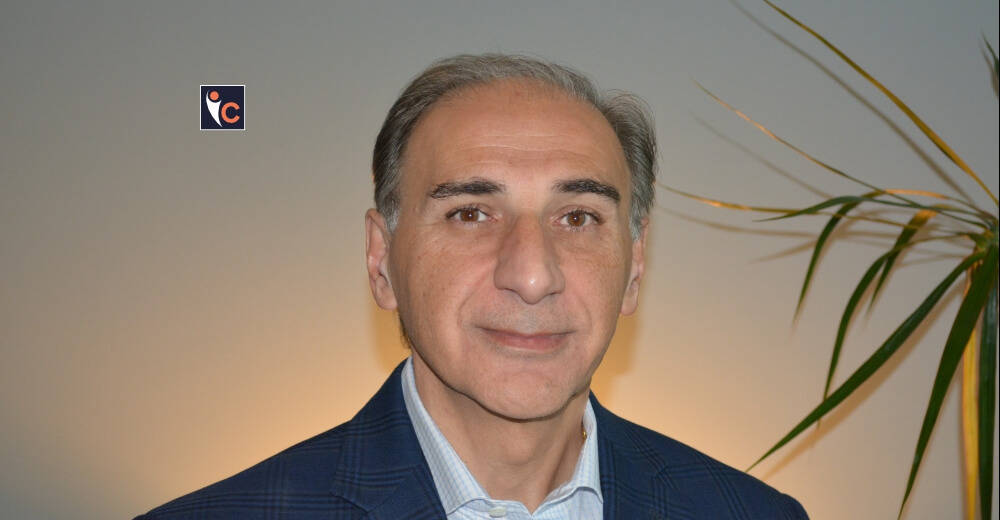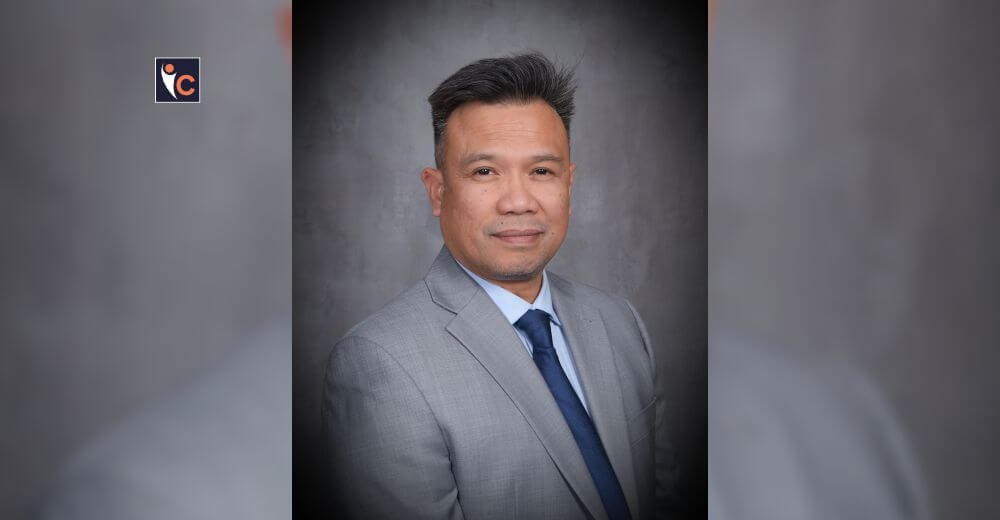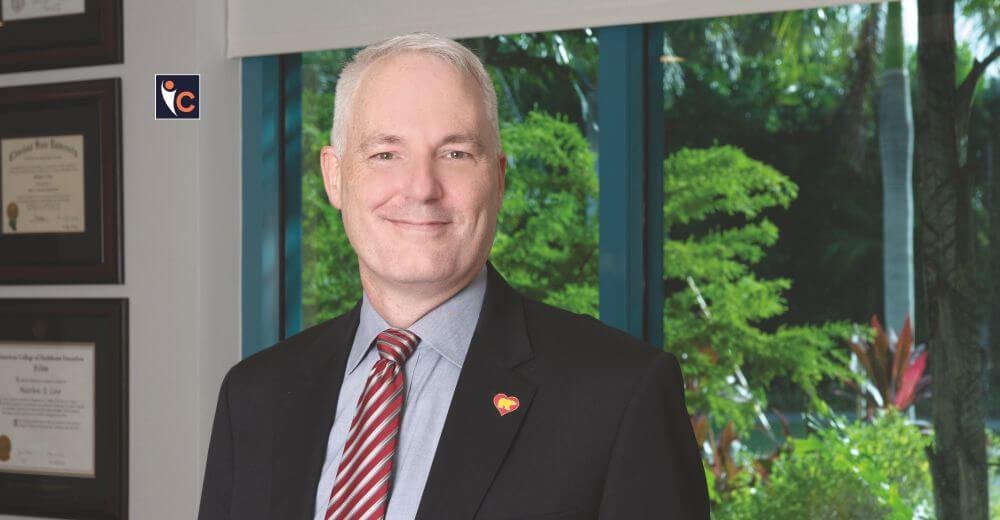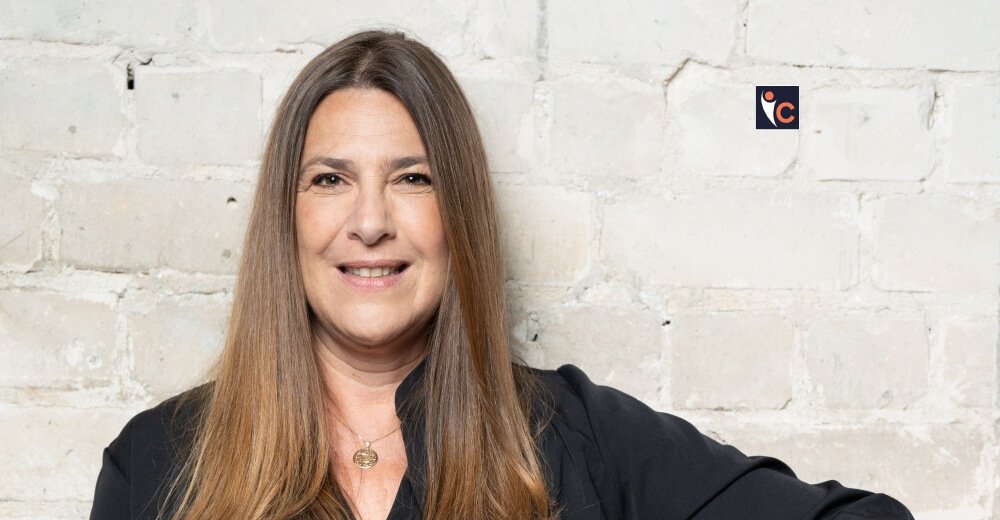The digital age has successfully transformed the world for the better. Be it the Industrial segment, Hospitality Sector, or Healthcare Institutes, technology has affected almost every segment.
And, inside the Healthcare Sector, especially in the hospital ecosystem, workflow efficiency requires tracking of operations and resources. For this reason, keeping an eye on the location of staff, patients and objects have become an immediate need.
To improve operational efficiency, 25% to 30% of the healthcare systems in the US have invested in real-time locating systems (RTLS), a wireless sensing technology to track resources and alert them to operational issues.
To help hospitals track their most important resources, AiRISTA works with providers to identify the pain points and centralize location insights to improve process flow within hospitals. Under the leadership of Mr. Sy Sajjad, the CEO and Founder, AiRISTA aligns the customer’s operations, aiming to effectively accommodate the needs and requirements of any medical facility.
We crossed paths with Mr. Sajjad to learn more about AiRISTA Flow and its strategic leadership that made the company a huge success.
Below are the highlights of the interview.
Please brief our audience about AiRISTA, its USPs, and how it is currently positioned as one of the most reliable companies in the healthcare sector.
We started AiRISTA 6 years ago with the intent to provide a single backbone for location insights for all of the mobile resources used by medical facilities. Since then, we have grown organically and, through acquisition, and we have established close partnerships with some of the biggest names in the space. We provide a broad range of RTLS solutions, including patient flow, elopement, hand hygiene, and temperature monitoring. However, asset tracking, staff safety and workflow are the three most popular use cases.
Our message seems to resonate as we emerge from the pandemic. For instance, healthcare providers are in a real squeeze as more than 50% are expected to operate in the red this year. For this reason, they are considering asset tracking to make the best use of the equipment on hand.
In addition, many are looking at patient flow solutions with reimbursements tied to patient satisfaction. Considering a tight labor market, nurses are also burnt out and are leaving the field. Workplace safety has been the number one reason for nurses who are considering leaving, as per a survey published by McKinsey & Company in August.
Tell us more about AiRISTA’s distinct offerings that are impacting the healthcare sector and its clients.
The breadth of AiRISTA’s portfolio helps healthcare providers in a couple of ways. First, we can bring a variety of options to the table to solve customers’ use case needs over the long haul. Second, it has tight end-to-end control of the solution, from tag to infrastructure, to the software platform, which allows us to roll it out quickly and get it right.
In addition, we have a variety of asset tags, from simple BLE “tile” like tags that break the $10 barrier, followed by tags with multiple programmable buttons to drive workflows. Most of the tags include temperature sensing as well as motion detection that allows the users to be alerted to movement, jolts, and idle periods.
We also have the industry’s leading 2-way communicating staff safety tag used in some of the most hostile environments. This tag includes a message display, programmable buttons, an LED, and audio alerting.
Most importantly, providers should consider the viability of the software platform first. Ask whether the architecture scales to address the entire enterprise, not just one unit or facility. Consider the future demands on that platform as IoT devices enter the arena and location insights need to be shared across your enterprise’s applications. Think of the RTLS platform as an enterprise location service bus.
For this, we have just created a Buyer’s Guide to help providers think critically when considering an RTLS solution. It is made available on the company’s website.
From a healthcare entrepreneur’s perspective, what is your opinion on the impact of innovative leadership in enhancing workflow metrics in the RTLS solution segment in general?
Post the global pandemic, there has been a shakeout of healthcare providers. In this regard, survivors are encouraged to use innovation to drive efficiency, quality and patient satisfaction.
We are working with a large hospital that has created an innovation centre to explore the possibilities of new technology. They made a strategic decision to upgrade in-room TVs with new flat-panel displays.
Thus, we are creating an integration that recognizes the clinician when they enter the room and displays the clinician’s information and relevant patient information. The displays will also remind clinicians to wash their hands with an audio and visual message based on the hospital’s hand hygiene protocol.
As an experienced leader, share your opinion on how the adoption of advanced technologies has impacted the RTLS solution space and how AiRISTA is adapting to the change.
One of the historic challenges with RTLS was the number of technologies that could be thrown at problems. This resulted in islands of functionality that have become hard to manage over time.
At AiRISTA, we invest in Bluetooth® Low Energy (BLE). Consumerization of BLE is driving the cost down, and as the name implies, batteries last for years. Moreover, emerging standards provide accuracy of tens of centimeters, which has been a sort of holy grail and opens exciting use cases. We are working with several hospitals to deploy a new BLE standard based on angle-of-arrival to consolidate all of their RTLS use cases under a single technology.
What efforts did you make to ensure productivity across your team at AiRISTA?
Productivity has a couple of faces. One face is the productivity of employees. We make deliberate efforts to cross-train our engineers.
As the nature of RTLS requires skills across many disciplines, a UI developer, for example, might have an interest in protocol implementation. Hence, cross-training creates flexibility in the company’s workforce, encouraging professional growth. In addition, after working remotely during the pandemic, we are welcoming employees back in a hybrid fashion that has been useful in maintaining a work-life balance and employee retention.
The second face of productivity is the ability to manufacture and deliver products. Just like hospital supply chains, our technology supply chains have been impacted. During the pandemic, we introduced a Social Distancing and Contact Tracing solution. Consequently, the demand was overwhelming, requiring hundreds of thousands of tags per month.
However, we were able to lock up suppliers with early forecasts and payment. We also created shadow designs of our hardware that allowed us to shift to alternate components when needed.
As a successful RTLS solution provider, what would be your advice to budding entrepreneurs and enthusiasts aspiring to venture into this niche?
Firstly, I would suggest making sure that you are well-funded. Look to where VCs are investing, and acquisitions are occurring, as Gartner expects the indoor location market to grow from $1.9 billion in 2021 to $55 billion by 2030.
Secondly, there will be a need for solution customization and integration. As the sources of location information continue to increase and the need to share it across enterprise applications and resources becomes critical, the demand for related services is likely to explode.
Hence, try to build a recurring revenue model. Build your team with a staff that has deep domain experience, which not only relates to customers’ challenges but can help you grow these relationships to be a trusted advisor. High-value services will help maintain margins and drive repeat business.
How do you envision scaling AiRISTA’s services in 2022 and beyond?
With the growth perceived in the RTLS market, it’s not practical to grow services from within. Hence, we are investing heavily in partner recruitment and training.
Our UVS software platform has a low-code development environment called Flow Studio for rapid development of connectors, custom workflows, and third-party application integration. This could be a great opportunity for partners to increase high-margin revenue and create closer customer relationships.
Please give us a few recognitions that accurately highlight your organization’s position in the market.
One of our largest installations has been the California Department of State Hospitals, a joint project in collaboration with one of the world’s largest carriers. There, a staff safety tag with the messaging interface was used to notify security staff of assaults on staff.
We also rolled out significant deployments of our Social Distancing and Contact Tracing solutions. In these cases, customers were surrounded by support during the deployment, given the urgency and short time frame.
The gold standard of vendor evaluations is the Gartner® Magic Quadrant™. In the 2022 Magic Quadrant for Indoor location services, AiRISTA was recognized as a “Leader” in the upper right quadrant. This is recognition that we worked hard for and are proud of. We would like to think that Gartner got it right.










